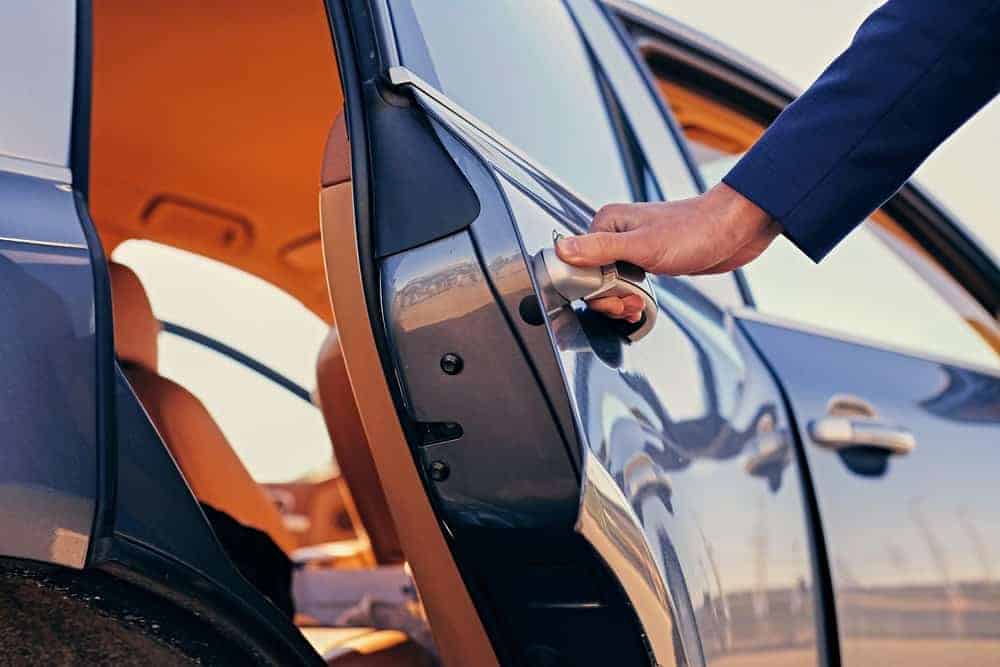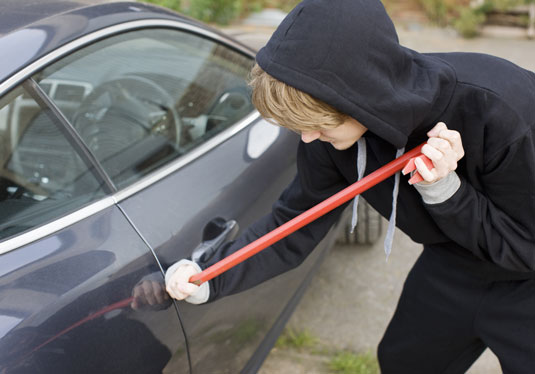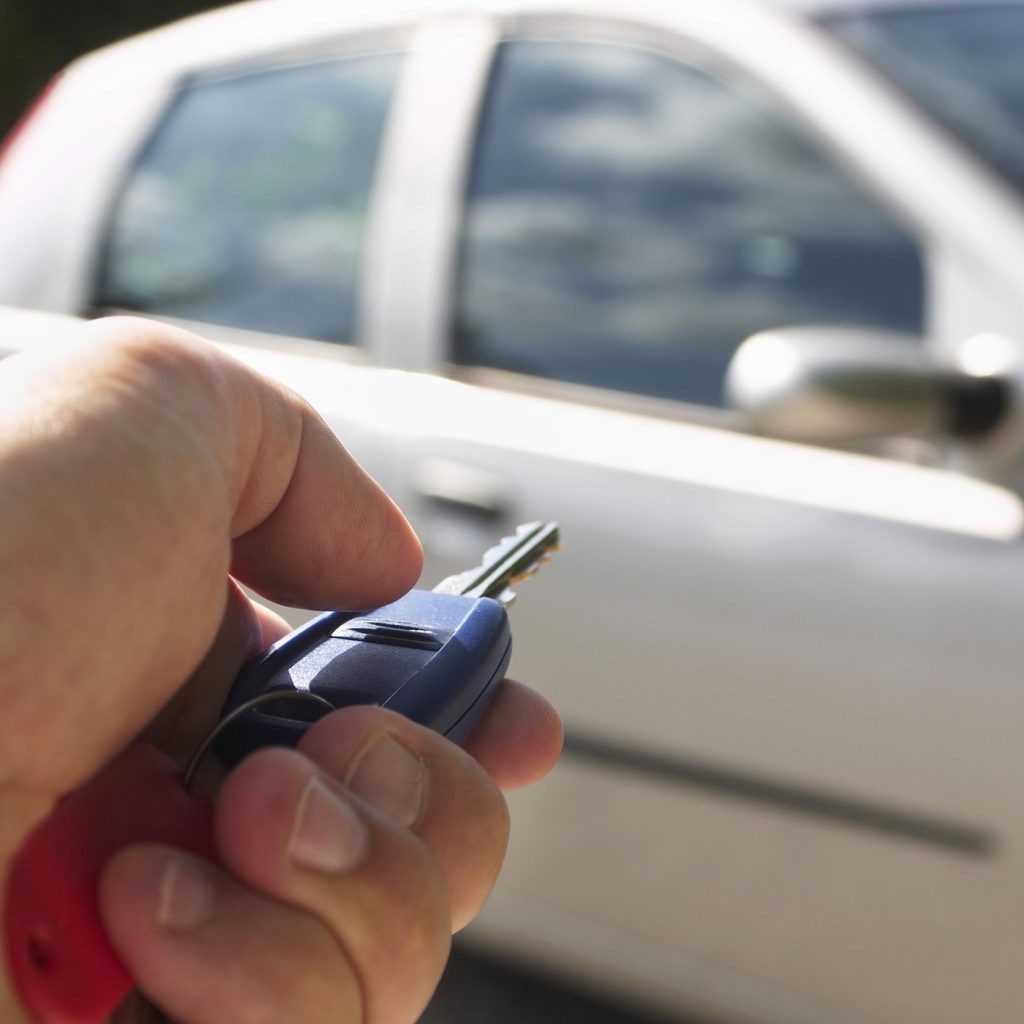Summary
– What is centralized locking?
– Principle of operation of the centralized locking system
– Is the centralized closing of doors reliable?
– Vulnerability to break-ins
The youngest among us have never experienced the manual closing of car doors, and the centralized closing of doors is so integrated that it is forgotten. This is why it is essential to see this system’s functioning in detail, which is undoubtedly indispensable, but which is not immune to a few flaws.
What is centralized locking?
The principle of centralized locking is to allow the simultaneous opening and closing of all the doors (doors, luggage compartment) in a single action in several ways:
– This control can be done by the action on the driver’s outside lock.
– It can be operated from the inside by using the door latches.
An additional electric control button is often available to both front passengers, on the dashboard or center console.
– Locking can also be controlled remotely by a beeper integrated into the ignition key.
Operating principle of the central locking system
Principle of operation of the centralized locking system

It exists in two forms:
– The wired command. By the action of the key in the lock of the driver’s door, an electric actuator coupled to the lock sends an electric control impulse to a central control box; this one feeds through built-in relays the actuators of all the other opening devices, which unlock the locks.
– The remote control. A radio signal from the key or card is emitted when the driver approaches the vehicle. A receiver integrated into the control box sends a pulse to the driver, which allows the control of all the door and trunk actuators.
Developments
With the advent of “hands-free” cards, the internal (latches) and external (lock slot) manual controls have gradually and logically disappeared.
Automatic locking of the vehicle on the road has also become widespread (mainly to prevent carjacking), as the vehicle owner can often deactivate this feature via the on-board computer.
Today, many manufacturers have integrated the “intuitive” central locking control, which is triggered when the vehicle approaches without the driver’s intervention or when the driver operates the door handle (provided they have the key or card).
Other options are now being added to the door-opening control: personalized trunk control, remote control of low beam lights to locate the vehicle and illuminate the location, turn signals, interior lighting, etc., with manufacturers competing in ingenuity to find new features.
Another vital function of the central opening control system is its integration, along with the immobilizer, with the vehicle’s central management system to supply power to the “RCD” (Remote Controlled Alarm Clock) line:
– When the engine is switched off, the electrical and central control boxes of various controls (up to 80 of them in modern cars!) are put into economy mode, with their power supply cut off.
– When the driver approaches the vehicle, the unlocking is recognized by the vehicle’s central control unit, which then “wakes up” the other ECUs by re-powering them.
Therefore, this function makes it possible to anticipate their reset (average duration of a few seconds), making the vehicle instantly operational when the ignition is turned on.
Is the centralized closing of doors reliable?
Advantages and disadvantages
Central locking, which is now systematically fitted to new vehicles, is undoubtedly a comfort feature that has become indispensable for car owners.
The inconveniences resulting naturally from it are :
– The additional cost is necessarily reflected in the selling price of the new vehicle.
– The extra weight, added to all other comforts, passive and active safety and vehicle management systems, makes the cars considerably heavier, resulting in additional fuel consumption and pollutant emissions.
– The cost of maintenance, while not ordinarily high, can quickly increase in the event of a breakdown.
Maintenance
It’s a reliable system, but it can present anomalies after a long lifetime:
– Batteries built into keys or cards are sometimes replaced (between $2 and $10 each).
– More expensive, resetting the key codes requires the use of the manufacturer’s diagnostic tool (up to $200 per operation).
A classic malfunction of a used vehicle’s central locking system is the absence of action on a door, the cause being the breakage of electrical wires at the connection between the body and the door. Since these wires cannot be repaired at this point, the solution is to partially replace the door wiring harness (from $60 to $200).
Vulnerability to break-ins

Suppose this system also has the advantage of securing the locking of vehicles. In that case, there are loopholes due to the growing ingenuity of thugs, which allows them to steal a car “cleanly”:
First, using a jammer, they deactivate the driver’s remote locking action leaving his vehicle.
– They can then enter the car and connect to the central computer via the diagnostic socket and reset the blank keys for starting the vehicle.
One of the significant drawbacks of this type of theft without material break-in is that most insurers do not cover it.
To avoid it, we advise you to stay close to the vehicle when locking the doors and always manually control the actual closing of the doors.



One thought on “Is the Centralized Closing of Car Doors Reliable?”